Inhaltsverzeichnis
- Comparison of the forms of arthritis and their characteristic features
- Can CBD help with arthritis?
- Tips on how to best use CBD oil for arthritis pain
- CBD and rheumatoid arthritis
- Symptoms of rheumatoid arthritis
- Use of CBD for rheumatoid arthritis
- CBD for osteoarthritis
- Symptoms of osteoarthritis
- How can CBD be used for osteoarthritis?
- Research findings on CBD and arthritis
- Biochemical mechanisms of CBD in arthritis
- Use of CBD oil for arthritis
- Side effects of CBD at a glance
CBD for the joints - plant power for joint pain!
Arthritis is a common condition affecting approximately 1% of the population. There are different forms, including rheumatoid arthritis, osteoarthritis and gout, each with specific causes and symptoms. This article focuses on the research and use of CBD oil as a promising option for treating arthritis.
Comparison of the forms of arthritis and their characteristic features
Rheumatoid arthritis
- Main symptoms: joint pain (typically on both sides of the body), loss of mobility, severe joint pain, fever, fatigue.
- Course of symptoms: Particularly pronounced in the morning, with no improvement over the course of the day.
- Causes: autoimmune diseases, smoking, alcohol consumption, viral infections, obesity.
- Treatment goals: Support immune function, pain relief, anti-inflammatory.
Arthrosis:
- Main symptoms: joint pain (unilateral or bilateral), limitation of movement.
- Course of symptoms: Increased in the morning, but improves throughout the day.
- Causes: Long-term physical stress, age, previous injuries, temperature fluctuations (more common in cold weather), obesity.
- Treatment goals: Relieve joint pain, promote the regeneration of cartilage and synovial fluid, reduce inflammation.
Gout:
- Main symptoms: Joint pain (on one or both sides of the body), sudden onset of pain, often at night. Gout is accompanied by severe pain in the big toe or the tip of the nose.
- Causes: kidney disease, alcohol consumption, high protein intake, Asian origin.
- Treatment goals: increasing urine output, supporting kidney function, relieving joint pain.
This comparison not only highlights the different symptoms and causes of different forms of arthritis, but also highlights the specific therapeutic goals that aim to support the immune system, relieve joint pain, promote regeneration and reduce inflammation.
Can CBD help with arthritis?
All forms of arthritis involve a loss of the protective layer of cartilage in the joints; the only difference is the cause of the cartilage loss. CBD has been shown to be beneficial for arthritic pain due to its strong anti-inflammatory, pain-relieving and muscle-relaxing effects. Many people use CBD externally for arthritis pain, for example in the form of CBD ointments or creams. Although CBD oil can also be effective, its effects usually take effect more slowly. In rheumatoid arthritis, CBD also suppresses excessive immune activity that is directed against the body's own tissue. For gout, CBD supports kidney function, as untreated gout often leads to damage to the delicate kidney capillaries, which can worsen gout symptoms.
Tips on how to best use CBD oil for arthritis pain
- Pay attention to the correct dosage.
- Make sure the CBD you take is free of contaminants.
- Combine CBD with other supplements and exercise, as CBD is particularly effective when combined with other arthritis treatments.
- Take CBD regularly and give it enough time to start seeing results - it may take a few weeks to take effect.
- The best results are achieved when you use CBD both externally and internally. The external cream works quickly, while the effects of the CBD oil last longer.
CBD and rheumatoid arthritis
Rheumatoid arthritis, an autoimmune disease, relies on a complex system in which each cell has a special protein "label" on its outside. These labels are important for showing immune cells (T cells and B cells) where they belong, similar to a ticket into a building. Disruption to this system can cause various problems: incorrect labels, missing labels, or immune cells ignoring the labels. The result is virtually the same: the immune system begins to attack its own cells. In the joint tissue, this leads to rheumatoid arthritis.
Characteristic signs of this disease are redness and swelling of the joints, often on both sides of the body at the same time. Patients often describe a “hot” feeling in the affected areas. Unfortunately, there is no cure for rheumatoid arthritis, but there are medications that can help keep symptoms at bay. Most of these medications target inflammation as it is the main cause of the disease.
Symptoms of rheumatoid arthritis
- Pain in the joints
- Inflammation of the joints
- Stiffness
- Loss of mobility
- Fatigue
- Loss of appetite
- Anemia
- Fever
Use of CBD for rheumatoid arthritis
- Focusing on full spectrum extracts for better pain relief compared to isolates.
- Selection of products for external use that have a warming effect. This heat relieves joint pain and improves blood circulation.
- Buy products that are tested for heavy metals and pesticides to avoid contaminants that can lead to increased pain and inflammation in the long term.
- Combine CBD products with other anti-inflammatory agents such as curcumin or frankincense.
- Using high potency CBD products as lower potencies are unlikely to significantly improve the condition.
CBD for osteoarthritis
Joint pain also occurs with osteoarthritis, but this is not an autoimmune disease. Osteoarthritis begins with inflammation of the joints, which attacks the cartilage and cells that produce synovial fluid. This fluid reduces friction and facilitates movement in the joints. The inflammation worsens as the cartilage breaks down and the joint shrinks. The more severe the disease, the faster it progresses. The basic treatment for osteoarthritis is taking anti-inflammatory medications, restricting joint movement, and taking nutritional supplements that promote synovial fluid formation and cartilage regeneration. Unlike rheumatoid arthritis, osteoarthritis is curable, depending on the severity and the patient's willingness to adjust their diet and lifestyle.
Symptoms of osteoarthritis
- Joint pain
- joint inflammation
- Stiffness
- Limited mobility
How can CBD be used for osteoarthritis?
- Full spectrum CBD oils offer greater potency due to the entourage effect.
- It is advisable to combine CBD with other nutritional supplements aimed at the regeneration of cartilage tissue in the joints, such as: B. Glucosamine sulfate and chondroitin sulfate.
- For optimal effect, use CBD both externally and internally.
- Use products with a warming or cooling effect externally.
- Choose medium or high potency CBD products, as low potency products are unlikely to provide sufficient relief from osteoarthritis.
Research findings on CBD and arthritis
In a study of collagen-induced arthritis in mice, researchers observed that CBD administration slowed the progression of both acute and chronic arthritis. Interestingly, in this particular study, both CBD injections and oral CBD intake showed the same positive effect. The dosage used was comparatively high at around 25 mg/kg per day.
Another group of researchers investigated why CBD and other cannabinoids are so beneficial for arthritis. They tested the effects of various synthetic cannabinoids and a cannabidiol analogue (O-1918). Their results showed that another receptor, known as GPR55, is involved in the processes responsible for the benefits of cannabinoids in relieving arthritis pain.
Biochemical mechanisms of CBD in arthritis
- Inhibition of proliferation of T lymphocytes in damaged joint tissue.
- Suppression of the cytotoxic activity of T lymphocytes.
- Inhibition of macrophage function and antigen presentation.
- Reduction of nitric oxide production by macrophages.
- Modulation of tumor necrosis factor (TNF), IL-1 and IFN-g.
- Suppression of chemokine production in B cells.
Use of CBD oil for arthritis
There are two approaches to treating arthritis with CBD: external and internal use. Each method has its advantages and disadvantages, but the optimal therapy combines both approaches. Let's consider the specific aspects of each form of application in detail.
- CBD oil for arthritis:
CBD oil travels from the body's internal organs to the joints. After being absorbed in the intestines, it enters the bloodstream and reaches the joints via the blood. In this way, the active ingredients reach the deeper tissue layers of the joints. This method shows its effectiveness in arthritis because the inflammatory processes occur deep in the joint tissue - well below structures such as bones and ligaments that slow the absorption of cannabis taken topically. In addition, CBD oils have the additional effect of targeting receptors in the spine to block pain transmission. Other forms of CBD that can be taken orally include CBD capsules, CBD edibles, CBD candies, CBD vaporizers, or CBD flowers.
Dosage of CBD:
The ideal dosage of CBD for arthritis depends on the severity of the symptoms and the type of arthritis. For mild osteoarthritis with minor joint pain, a low dose of CBD may be sufficient. In contrast, rheumatoid arthritis or severe osteoarthritis may require a moderate to high dose of CBD. First-time CBD users are recommended to start with a low dose and slowly increase it over time. As soon as the symptoms of the disease are relieved, the right dose has been found.
- CBD ointment for arthritis:
Topical application of CBD is very beneficial for arthritis as it delivers the anti-inflammatory cannabinoids directly to the affected areas. This form of CBD offers quick and effective pain relief at the site of the disease. Ointments also offer other benefits such as cooling or warming ingredients that provide additional relief for painful joints. The effects of CBD ointments last 4 to 6 hours, which is why they are recommended to be used several times a day. The best CBD ointments for arthritis contain a full-spectrum extract, are formulated with herbs and anti-arthritic ingredients, and have a high concentration of CBD (at least 4 mg/ml). The basic rule when choosing CBD ointments for arthritis is: the higher the concentration, the better.
If you have decided to use it internally, you will find our different Calma CBD oils here .
Side effects of CBD at a glance
Despite the ample evidence of CBD's safety, it is important to be aware of the possible side effects. Since each person reacts individually, what works for one person may not have the same effect on another. Here are some of the most common side effects of CBD:
- Suppression of appetite
- Diarrhea
- sleepiness
- Dry mouth
- dizziness
- decreased heart rate
- low blood pressure


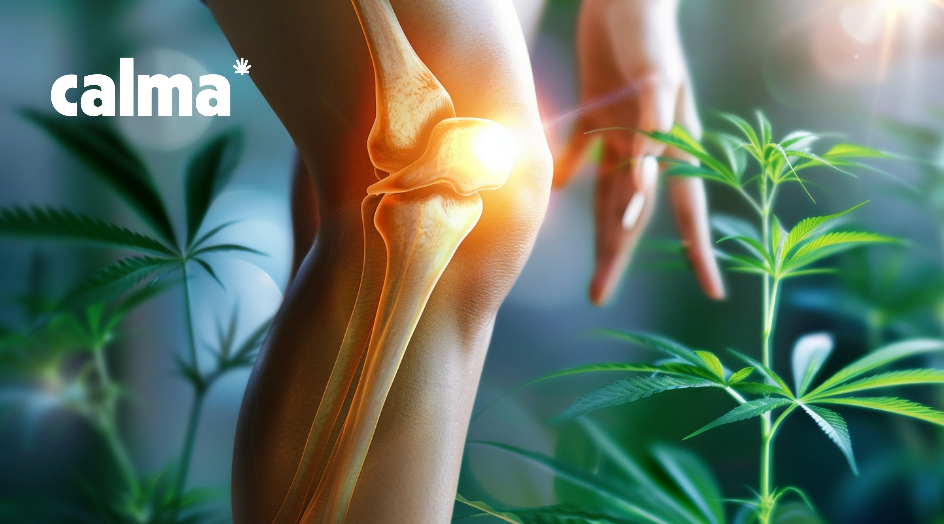



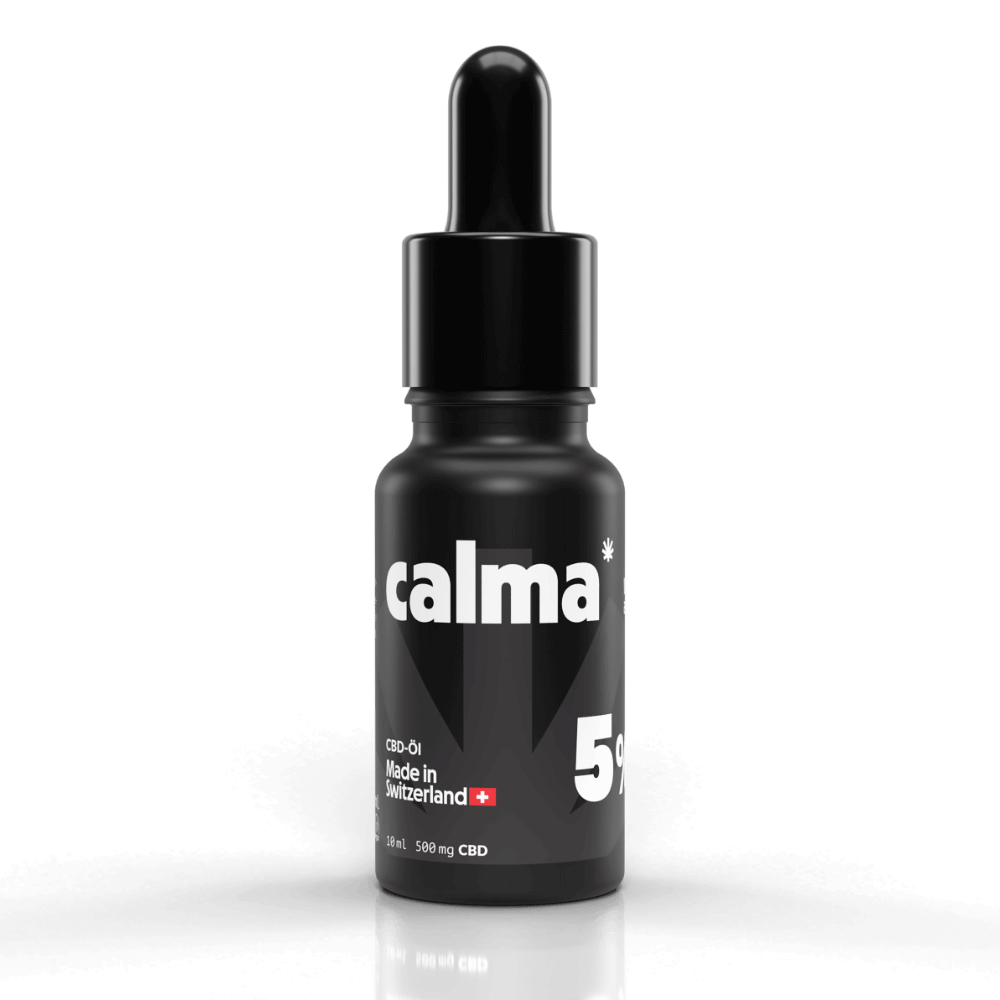
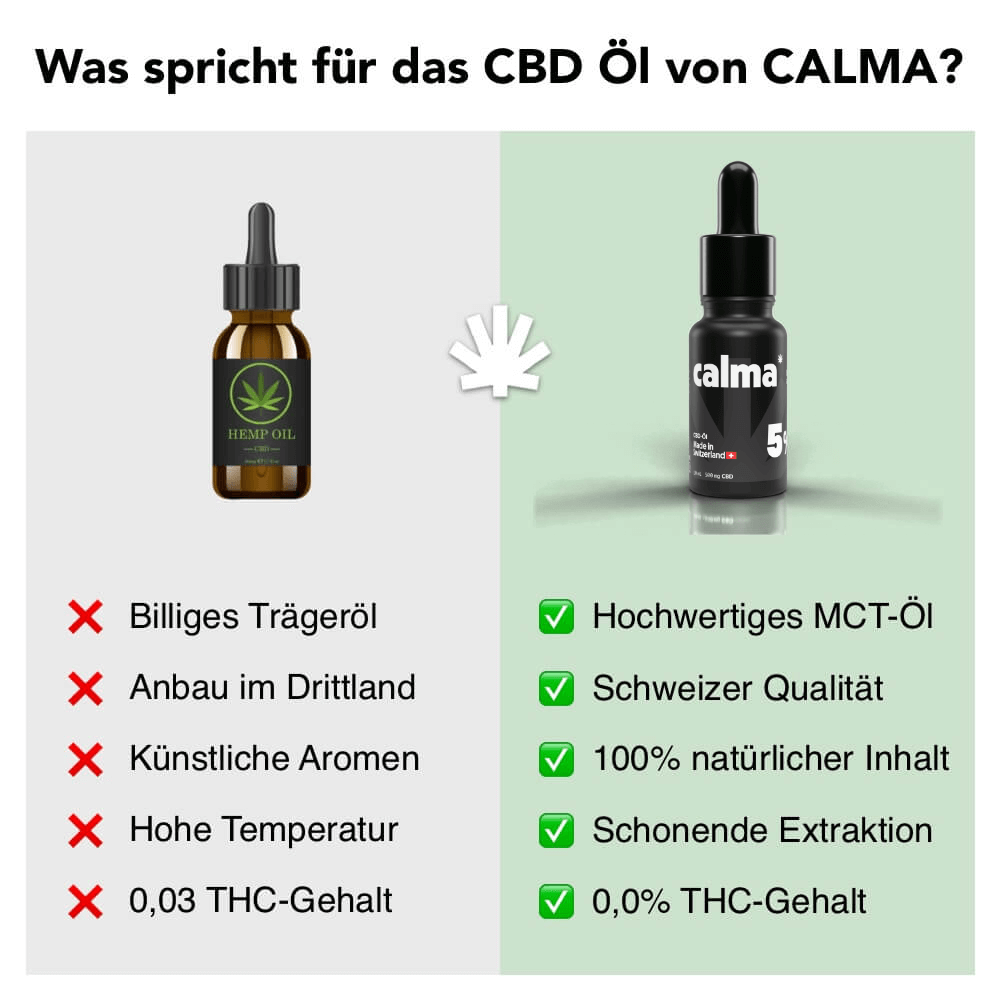
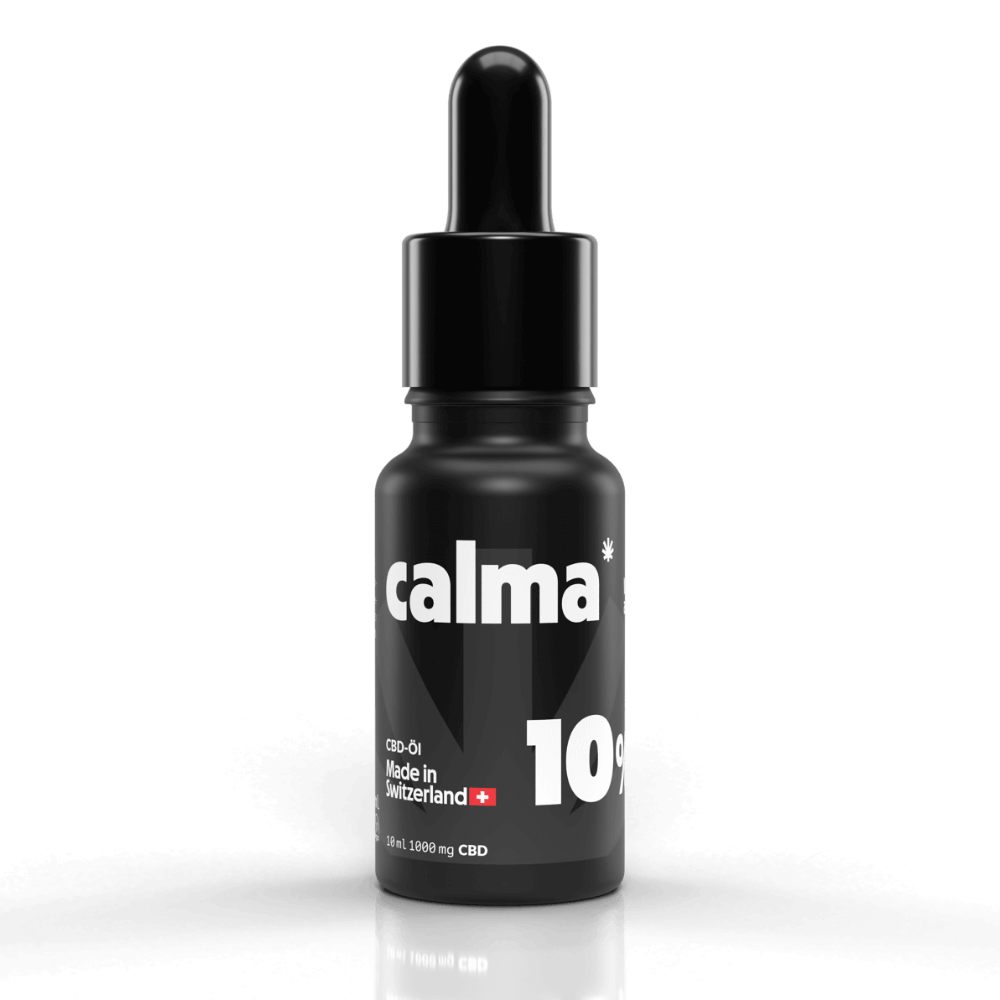
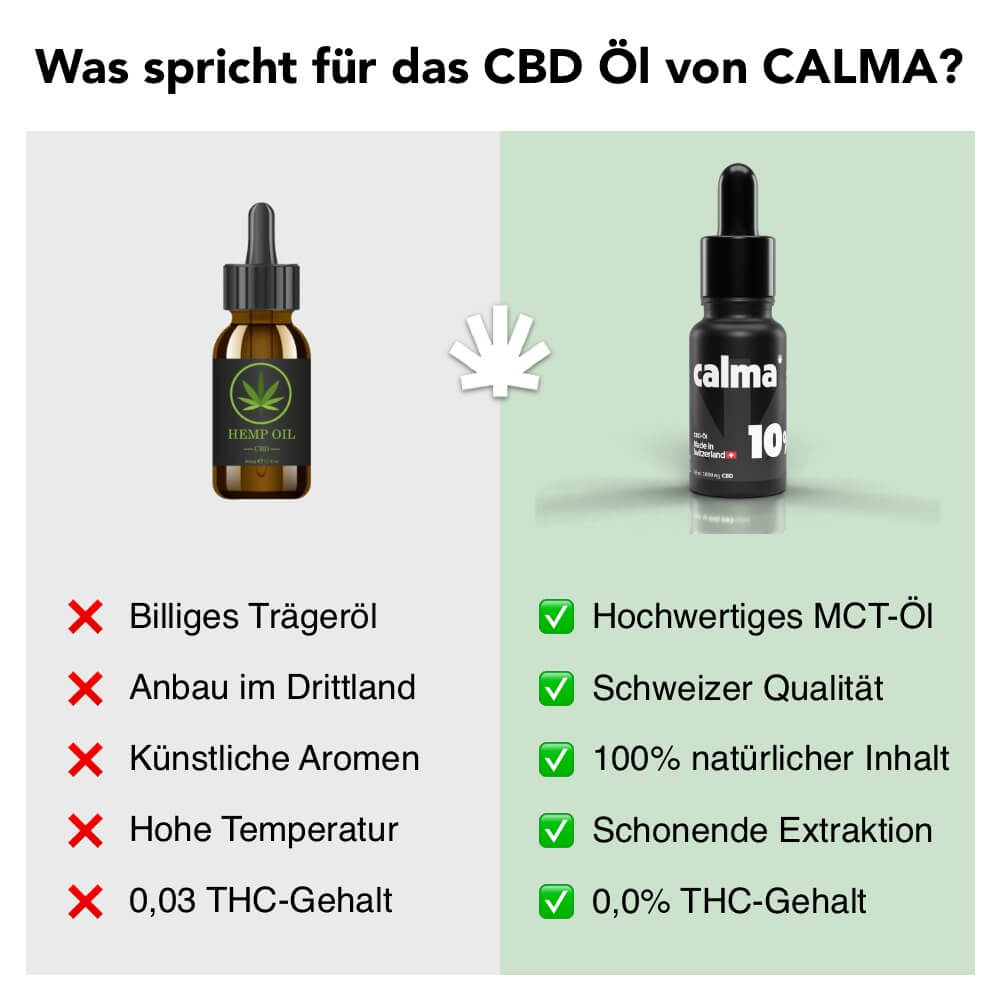
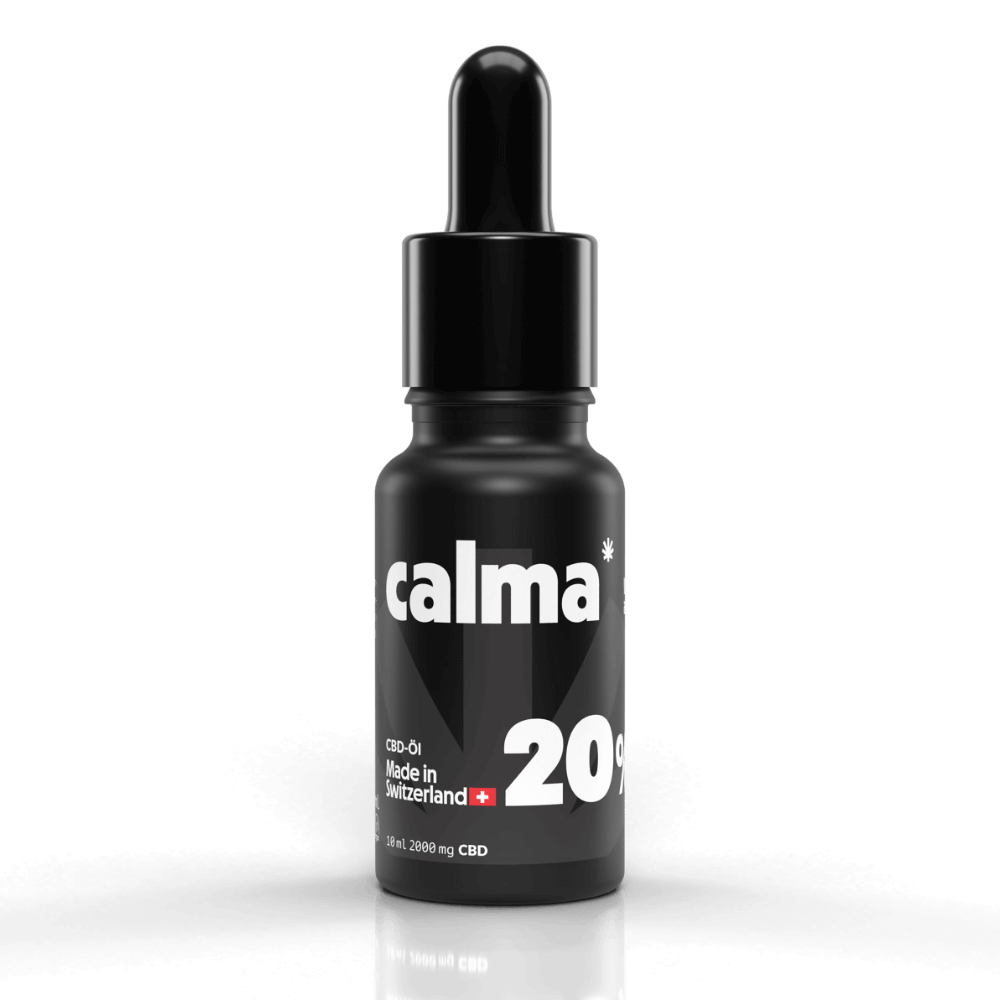
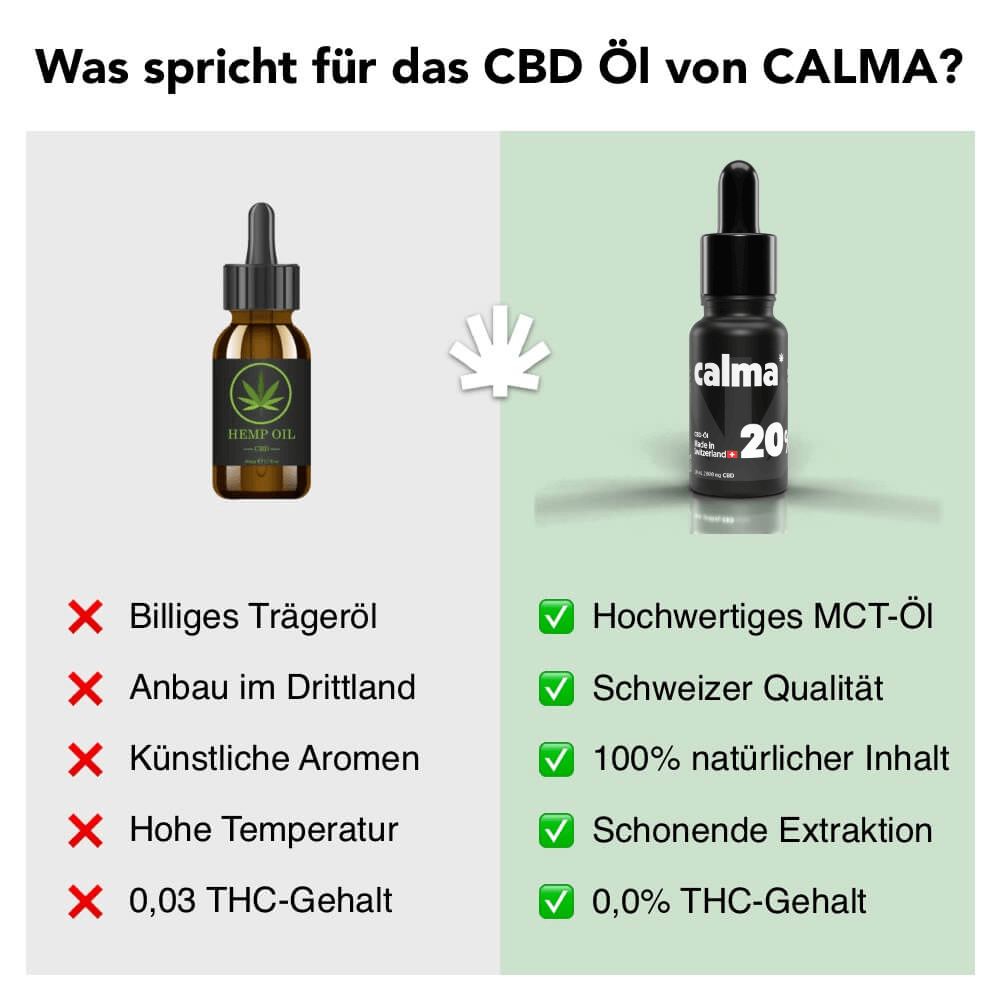
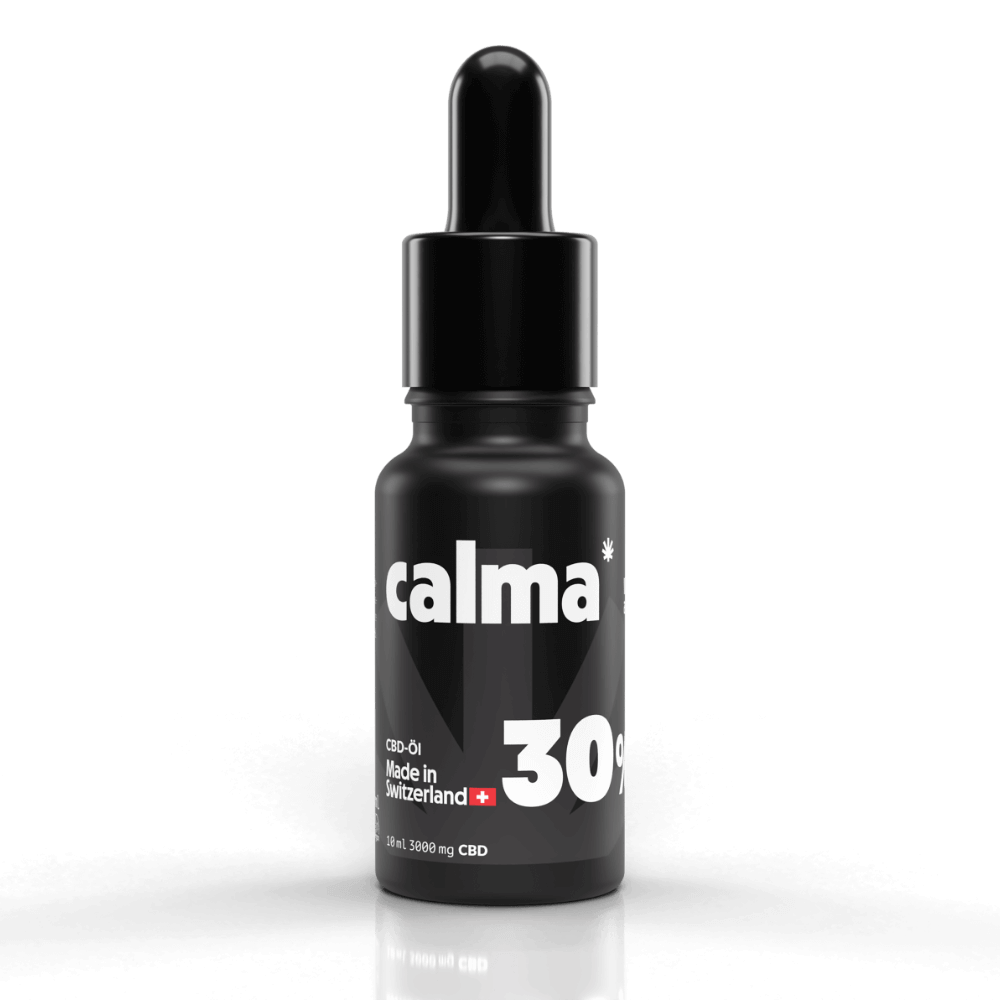
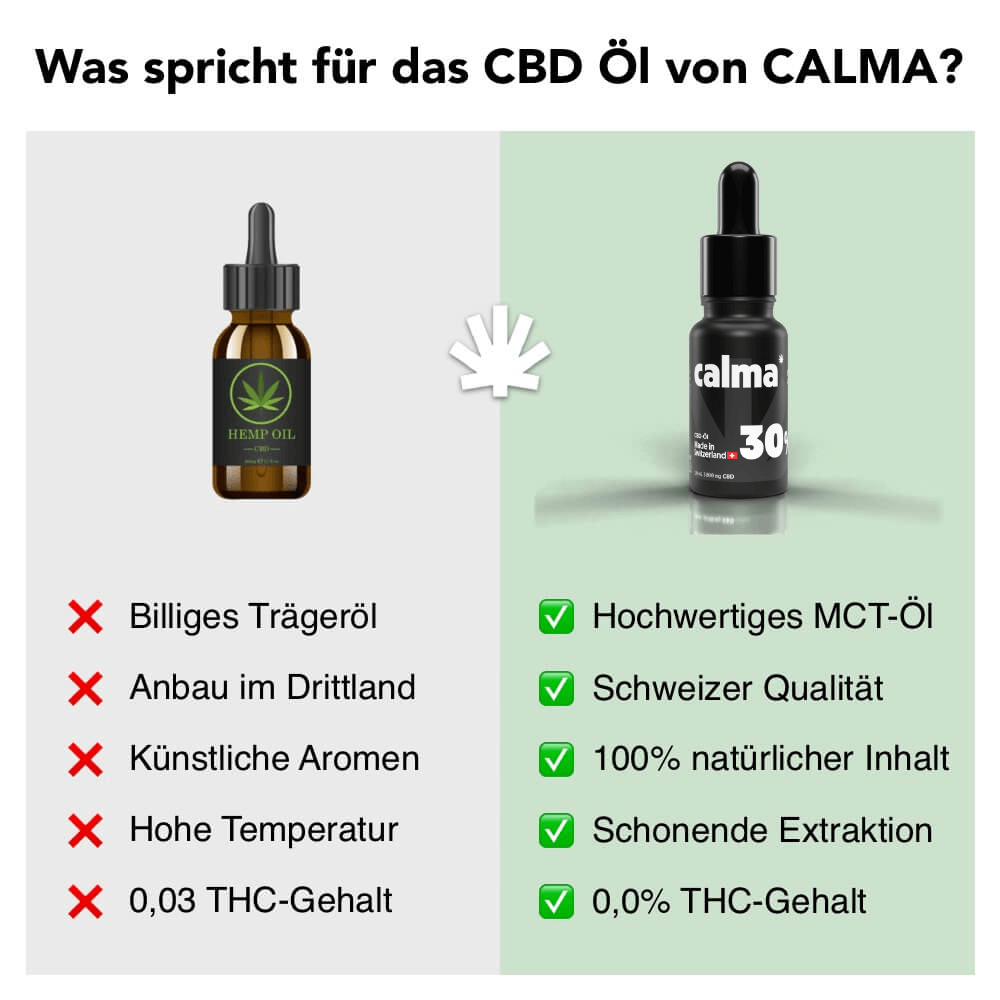

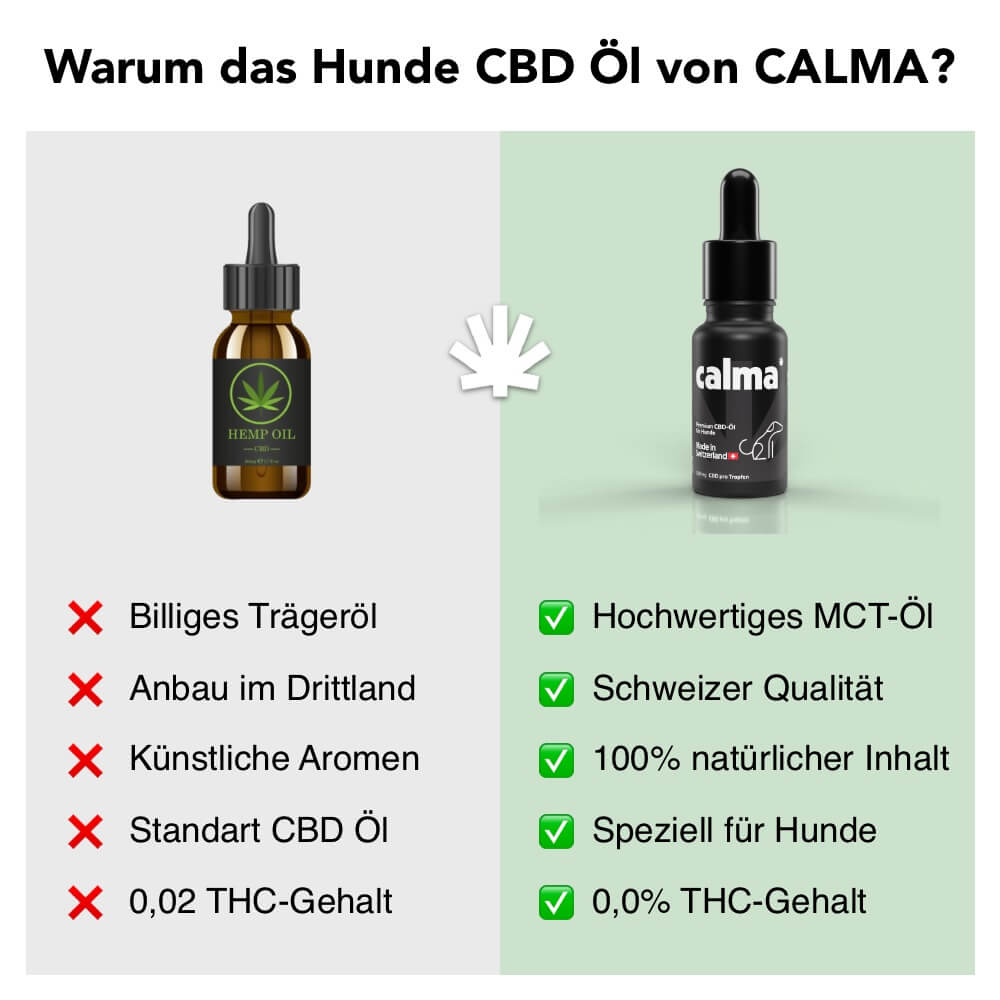
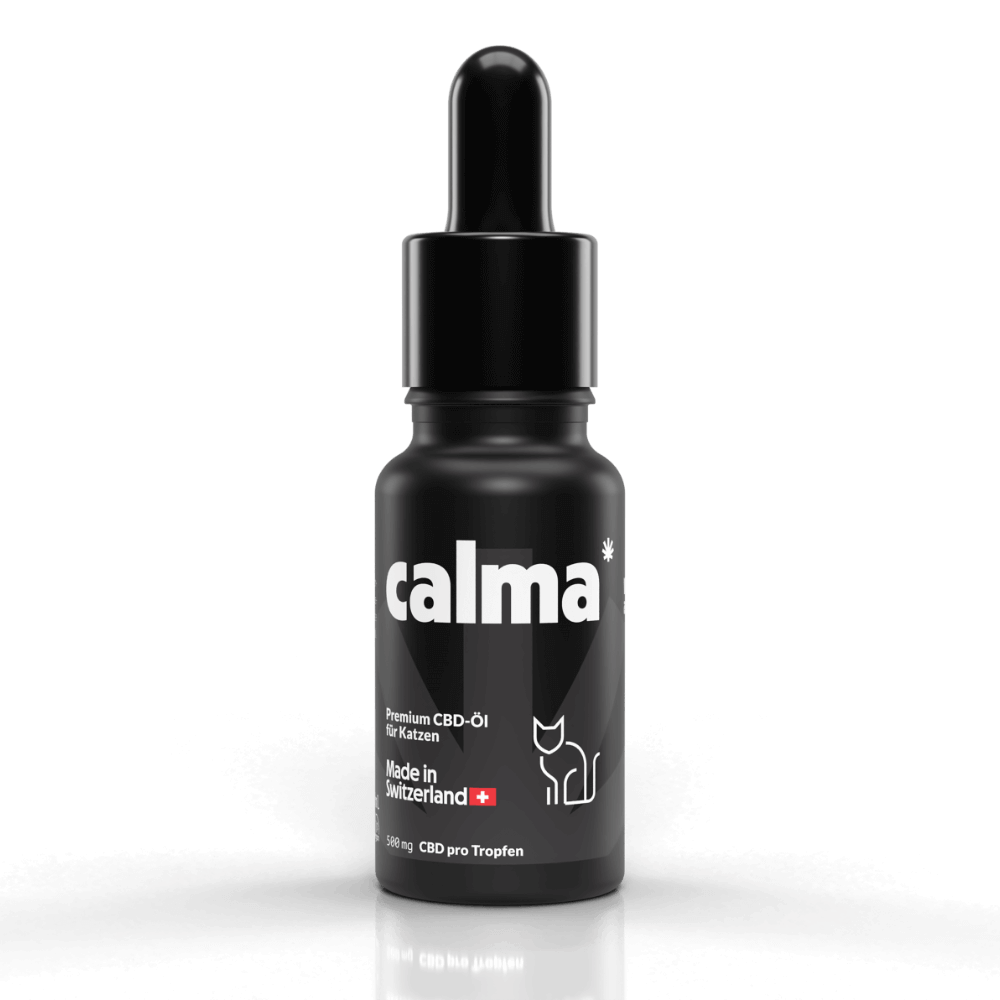


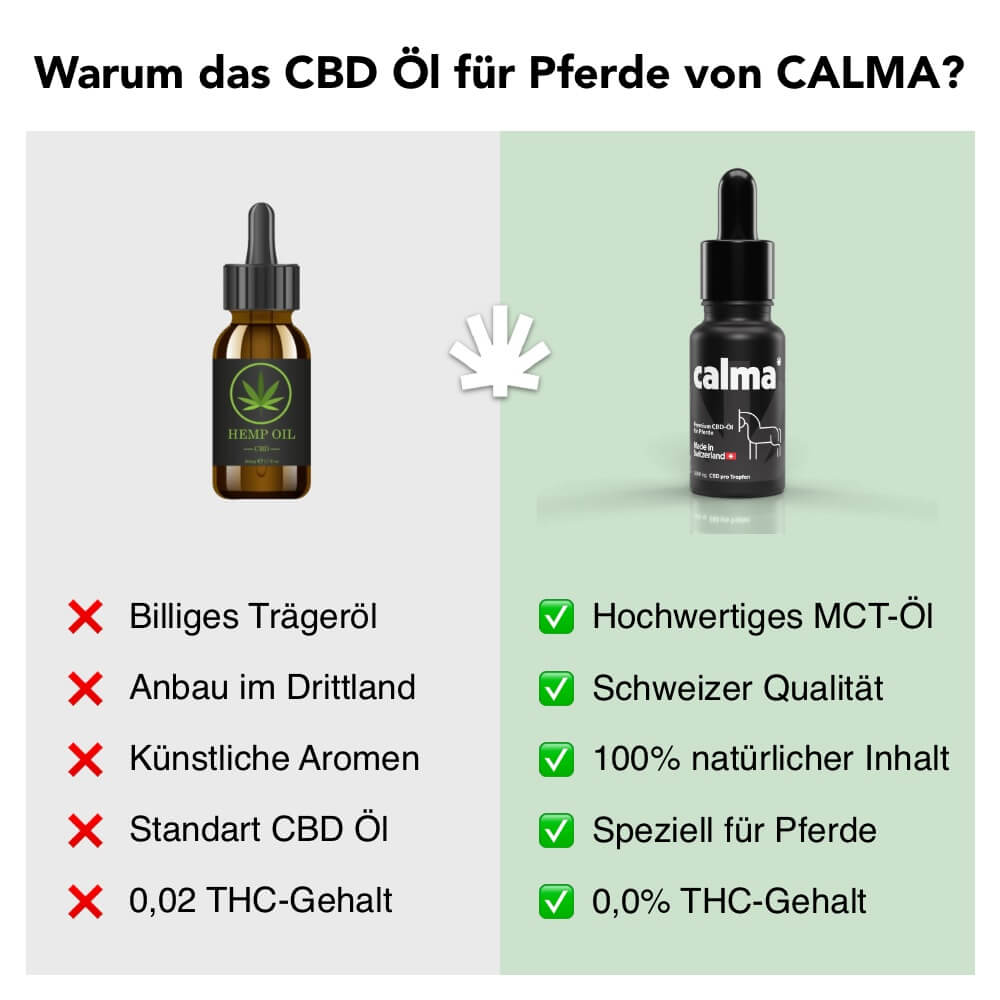
Leave a comment
All comments are moderated before being published.
This site is protected by hCaptcha and the hCaptcha Privacy Policy and Terms of Service apply.